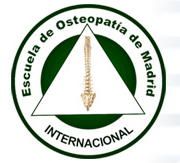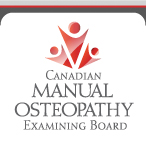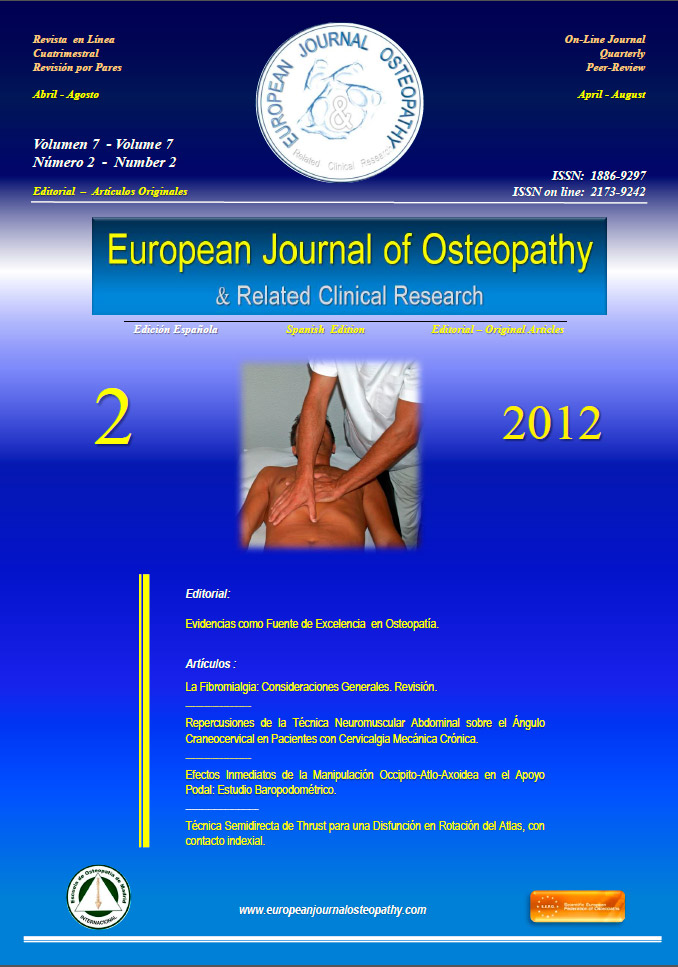By Prisca Winslow Bradley, GCFP
“Find a comfortable position to rest in.” A dance teacher quietly goes from leaning on knees and elbows to sitting back on her heels, her forehead resting on the ground. Her lower back moves freely, broadening with each inhale. I watch, barely able to contain my excitement, curious when she might realize her knees are fully bent for the first time in years! Four days earlier she arrived at a six day Feldenkrais® Awareness Through Movement® workshop for dancers in Taos, NM. She had given up grande pliés (deep knee bends in turnout) and squatting a number of years earlier due to pain in her knees. Throughout the workshop we focused on regaining movement in the torso and spine, discovering where a lack of movement and awareness had kept groups of vertebrae from moving relative to one another. On this day we explored lessons relating to arabesque, bringing a leg high behind us. Like many Awareness Through Movement lessons, spatial orientation, weight shift, balance and improving flexibility were all included. As the teacher sensed the full length of her legs and spine in movement, her knee joints had ample space to easily fold. She had not yet noticed her choice to bend them fully for “a comfortable position to rest in.”
Newfound flexibility often comes as a surprise during or some time after an Awareness Through Movement or Functional Integration® lesson. Instant freedom can boggle the minds and beliefs of many people, including dancers who have stretched daily for years. Acknowledging that a change did occur without making an effort is the beginning of a new relationship to yourself and movement —a recognition that a wisdom far more powerful than force exists in ourselves. We can access this wisdom through listening and intention.
(photo below: Learning to balance a board on the foot
while rolling improves coordination while standing up!)

People who have dedicated years to perfecting movement in a given technique or sport may find this new approach takes time to resonate. Another teacher at the summer workshop received an individual Functional Integration lesson. Quite tired, she went to her hotel room to rest. She was repeatedly awakened by her own movement. Each time she began to move one of her arms it would hit her in the head or chest! Her usual amount of force was no longer needed and she had not yet adjusted to the proper amount of muscular work for a simple movement. As you can imagine, it made quite an impression on her. She was then able to notice the overwork in her daily activities and dance. Using more effort than a movement requires drains us of precious energy and takes a toll on all the systems of our body. When we shift to using only the amount of work necessary, there is less strain on our muscles and joints and our stamina increases dramatically.
So how do we go about changing habits of overwork and tension? Mabel Elsworth Todd, in her book, The Hidden You, states it simply, “Remember, when we move, we move bones, we do not consciously move muscles. It is movement that resides in the thinking, not muscle action.” Placing attention on the use of the muscles is a detour that delays spontaneous action. When we know precisely what we would like to accomplish, muscles automatically respond with minimal effort.
Developing a sense of how to balance our skeletal structure with its numerous bones and joints occurs throughout the first two years of our lives. During that time strength and stability are learned through movement and intention. If we continue to develop our awareness and balancing skills through learning an art or sport, we stay strong and flexible. If we are sedentary, we gradually become less able. Unfortunately in some physical training, and all too often in classical dance, there is an early and strong focus on how to use the muscles rather than clarifying the movement. The balance skills diminish leading to overwork, strain and eventual injury. Rediscovering balance as a constant activity brings fluidity back into the technique to make even the most complex movement appear and feel effortless.
Born with unusually flexible hips, I began ballet at an early age. Encouraged to stretch along with everyone else, by age 16 I felt incredibly weak and was referred to as “a noodle”. I was advised to do strengthening exercises. After diligently doing exercises daily, increasing them when they did not produce results I became more tense, less coordinated, and injured. It was not until age 22 that I finally happened onto the Feldenkrais Method®. The shift was immediate! Although initially I did not know what had happened, I was out of pain and once again improving as a dancer. Learning to feel and balance my bones, my flexible joints were free to move while easily accessing the strength I had from years of training.
(photo below: Intelligent Injury-Free Dance workshop in Taos, NM)

It is much more enjoyable to train through balance than to try to recover free expression after one has accomplished technique with extreme tension. In Ballet, the simplest way to begin, although controversial, is to teach barre work in center floor. With a hand on a barre there is the suggestion that one needs it to stand on one leg. This could not be further from the truth since any healthy child can stand and hop on one leg. As a ballet teacher, I found if you wait to introduce the barre, beginning students of all ages find their balance quickly and are not nearly as tempted to force turnout. The barre can then be introduced as a tool rather than a support. The practice of basic exercises such as pliés and tendues (pointing the feet) lays the foundation for automatic control of turnout, pointed feet and the ability to land a jump or turn in plié. From there, learning movement without extra detailed thinking is more fun and reduces tension.
The Feldenkrais Method starts with what one knows and builds to new and more complex movement. This approach can be applied to any type of learning. When teaching grande jetés (big leaps), both children and adults enjoy leaping or running with the longest strides possible before adding turn out, pointed feet, straight legs and specific arm movements. Want to improve port de bra (carriage of the arms)? Stand easily without turnout and tell a story with your arm gestures. Need to get ready to coordinate complex movements of arms with the legs? Continue the story while walking. In this way technique will begin to slip in on its own and can be added with confidence. When trained with clear movement intention and skeletal balance in mind, the musculature develops so artists and athletes performing their chosen physical activity continue to move well as they age. Developing awareness of how to balance our bones is a gift the Feldenkrais Method has to offer for everyone. For performing artists and athletes, it is THE gift that makes a difference!
Newfound flexibility often comes as a surprise during or some time after an Awareness Through Movement or Functional Integration® lesson. Instant freedom can boggle the minds and beliefs of many people, including dancers who have stretched daily for years. Acknowledging that a change did occur without making an effort is the beginning of a new relationship to yourself and movement —a recognition that a wisdom far more powerful than force exists in ourselves. We can access this wisdom through listening and intention.
(photo below: Learning to balance a board on the foot
while rolling improves coordination while standing up!)

People who have dedicated years to perfecting movement in a given technique or sport may find this new approach takes time to resonate. Another teacher at the summer workshop received an individual Functional Integration lesson. Quite tired, she went to her hotel room to rest. She was repeatedly awakened by her own movement. Each time she began to move one of her arms it would hit her in the head or chest! Her usual amount of force was no longer needed and she had not yet adjusted to the proper amount of muscular work for a simple movement. As you can imagine, it made quite an impression on her. She was then able to notice the overwork in her daily activities and dance. Using more effort than a movement requires drains us of precious energy and takes a toll on all the systems of our body. When we shift to using only the amount of work necessary, there is less strain on our muscles and joints and our stamina increases dramatically.
So how do we go about changing habits of overwork and tension? Mabel Elsworth Todd, in her book, The Hidden You, states it simply, “Remember, when we move, we move bones, we do not consciously move muscles. It is movement that resides in the thinking, not muscle action.” Placing attention on the use of the muscles is a detour that delays spontaneous action. When we know precisely what we would like to accomplish, muscles automatically respond with minimal effort.
Developing a sense of how to balance our skeletal structure with its numerous bones and joints occurs throughout the first two years of our lives. During that time strength and stability are learned through movement and intention. If we continue to develop our awareness and balancing skills through learning an art or sport, we stay strong and flexible. If we are sedentary, we gradually become less able. Unfortunately in some physical training, and all too often in classical dance, there is an early and strong focus on how to use the muscles rather than clarifying the movement. The balance skills diminish leading to overwork, strain and eventual injury. Rediscovering balance as a constant activity brings fluidity back into the technique to make even the most complex movement appear and feel effortless.
Born with unusually flexible hips, I began ballet at an early age. Encouraged to stretch along with everyone else, by age 16 I felt incredibly weak and was referred to as “a noodle”. I was advised to do strengthening exercises. After diligently doing exercises daily, increasing them when they did not produce results I became more tense, less coordinated, and injured. It was not until age 22 that I finally happened onto the Feldenkrais Method®. The shift was immediate! Although initially I did not know what had happened, I was out of pain and once again improving as a dancer. Learning to feel and balance my bones, my flexible joints were free to move while easily accessing the strength I had from years of training.
(photo below: Intelligent Injury-Free Dance workshop in Taos, NM)

It is much more enjoyable to train through balance than to try to recover free expression after one has accomplished technique with extreme tension. In Ballet, the simplest way to begin, although controversial, is to teach barre work in center floor. With a hand on a barre there is the suggestion that one needs it to stand on one leg. This could not be further from the truth since any healthy child can stand and hop on one leg. As a ballet teacher, I found if you wait to introduce the barre, beginning students of all ages find their balance quickly and are not nearly as tempted to force turnout. The barre can then be introduced as a tool rather than a support. The practice of basic exercises such as pliés and tendues (pointing the feet) lays the foundation for automatic control of turnout, pointed feet and the ability to land a jump or turn in plié. From there, learning movement without extra detailed thinking is more fun and reduces tension.
The Feldenkrais Method starts with what one knows and builds to new and more complex movement. This approach can be applied to any type of learning. When teaching grande jetés (big leaps), both children and adults enjoy leaping or running with the longest strides possible before adding turn out, pointed feet, straight legs and specific arm movements. Want to improve port de bra (carriage of the arms)? Stand easily without turnout and tell a story with your arm gestures. Need to get ready to coordinate complex movements of arms with the legs? Continue the story while walking. In this way technique will begin to slip in on its own and can be added with confidence. When trained with clear movement intention and skeletal balance in mind, the musculature develops so artists and athletes performing their chosen physical activity continue to move well as they age. Developing awareness of how to balance our bones is a gift the Feldenkrais Method has to offer for everyone. For performing artists and athletes, it is THE gift that makes a difference!
Prisca Winslow Bradley, GCFP, holds a particular interest in highlighting functional movement in dance training so dancers are empowered to take care of themselves throughout a lasting career. Prisca has a private Functional Integration practice in Taos, NM, assists in Feldenkrais Professional Training Programs and also teaches Feldenkrais and Dance workshops around the country. phone: 575.758.2840 web: http://www.moveintobalance.com
Go to Content







 4:18
4:18
 Daniel Enriquez de Guevara
Daniel Enriquez de Guevara




























.jpg)






















0 comentarios :
Publicar un comentario